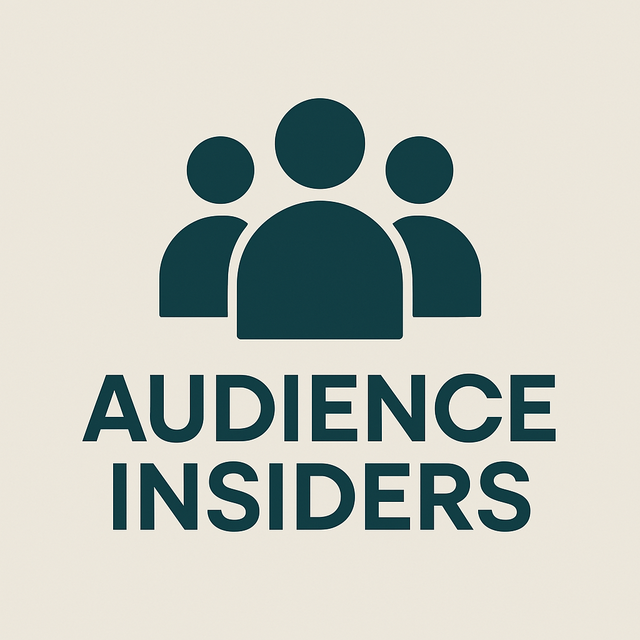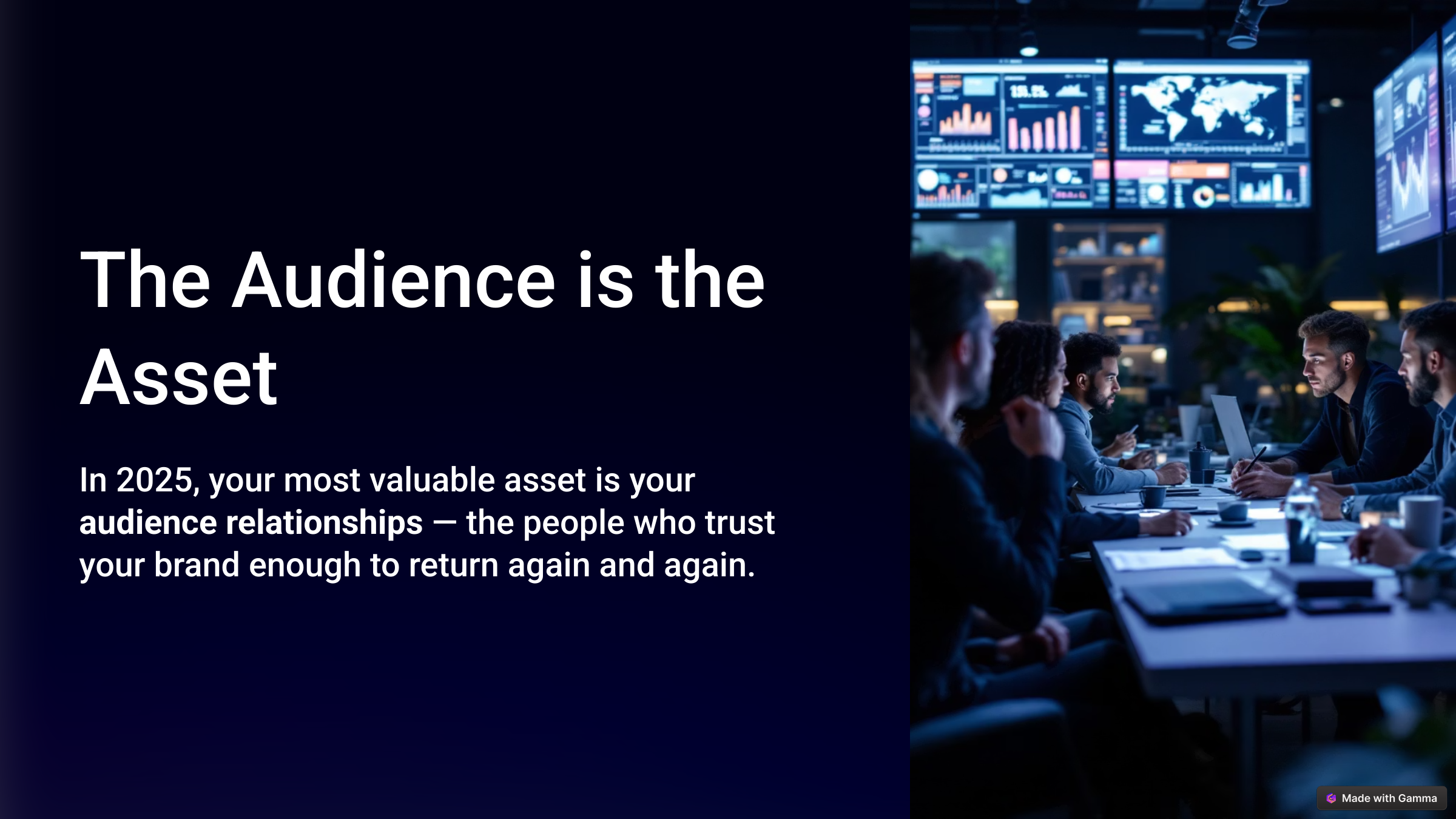If you're building a modern media brand, here's the foundational truth:
Your audience isn’t just a number. It’s the business.
In 2025, the most valuable part of your operation isn’t your CMS, your content strategy, or your referral traffic.
It’s your audience relationships — the people who trust your brand enough to show up again and again.
⚠️ We Used to Rent Our Audiences
For years, media companies outsourced distribution to platforms:
- Facebook and Twitter for reach
- Google for discovery
- Ad networks for monetization
It was efficient. It was scalable. It was also fragile.
We handed over our content and data, optimized for ever-shifting algorithms, and in return we got… borrowed attention. When the rules changed, so did our visibility.
Now, the cracks are clear:
- Third-party cookies are disappearing
- Zero-click search is cannibalizing website traffic
- Email opens are polluted with bot activity
- “Growth hacks” often inflate vanity metrics but erode long-term trust
Renting reach made sense when acquisition was cheap. Today, it’s a liability.
🔁 What It Means to Own the Relationship
Audience ownership isn’t about file size — it’s about depth of connection.
Real ownership means:
- Collecting first-party data with consent and clarity
- Delivering consistent value through owned channels (email, events, exclusive content)
- Using behavioral insight to personalize the experience
- Making it easy for people to raise their hands, opt-in, and stay engaged on their terms
When you own the relationship:
- You’re not beholden to unpredictable platform changes
- You can launch new products with confidence
- You can segment, experiment, and monetize with precision
First-party strategy isn’t just about data privacy. It’s about business resilience.
✅ Not All Audiences Are Created Equal
Here’s a hard truth:
A 250,000-person email list with 1% engagement is worth less than a 10,000-person list with 35% open and 8% click-through rates.
Size is a vanity metric. What matters now is:
- Recency: Are they still engaging?
- Frequency: How often do they return?
- Depth: Do they act, respond, and convert — or just skim?
Modern audience health metrics include:
- Reply rate (especially in newsletters and lifecycle emails)
- Scroll depth and time-on-page
- Subscriber decay curve (how long people stay engaged post-opt-in)
- Segmentation response rates by interest or behavior
Smaller, more committed lists = higher monetization potential and lower risk.
🧠 Your Audience Strategy Is Your Business Strategy
Audience development isn’t a support function. It’s your go-to-market engine:
- It feeds your product roadmap (by surfacing needs)
- It drives retention (by keeping people close and connected)
- It enables monetization (by creating context and trust)
That means every decision — from content strategy to data capture to email cadence — should ladder back to audience connection, insight, and activation.
🧩 Final Thought
You don’t own your algorithms.
You don’t own your SEO position.
You don’t even really own your social followers.
But you can own the relationship — if you build for it.
That’s the shift Audience Insiders is here to support.
Up next:
From Reach to Relationship: A New Funnel for Audience Growth
✉️ Forward this to someone who’s thinking about audience strategy the way you are. Or reply and tell me: What’s one thing you’re doing right now to strengthen your audience relationships?


